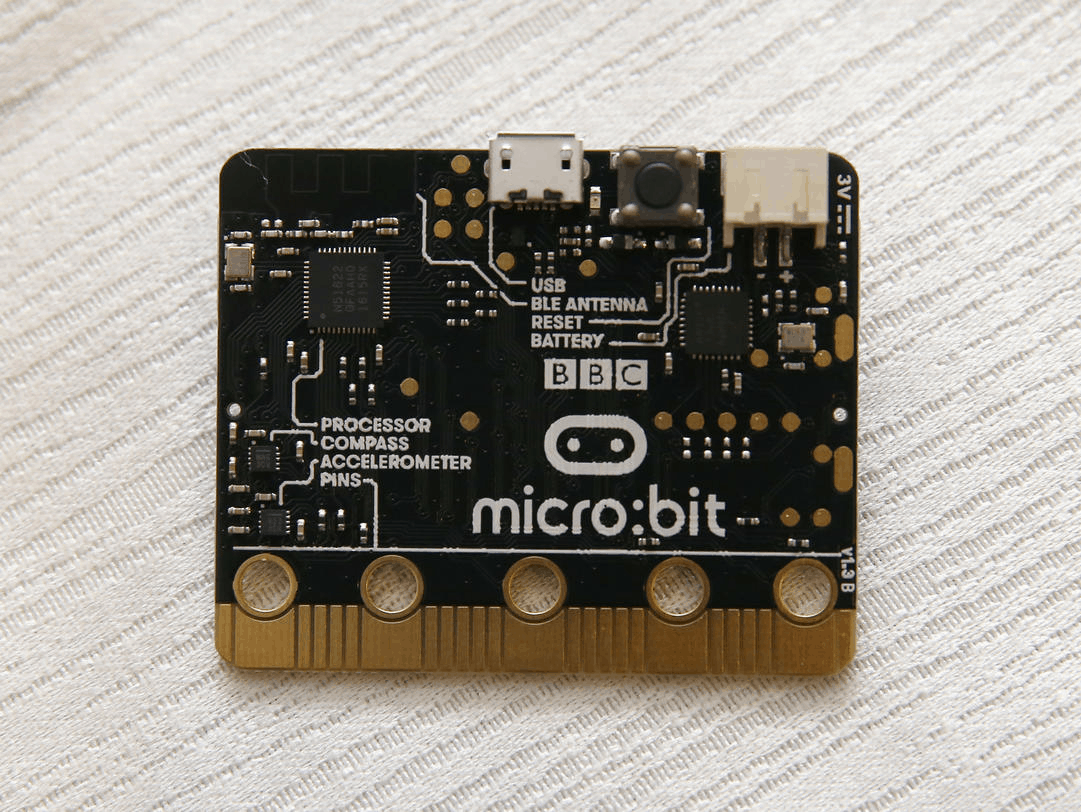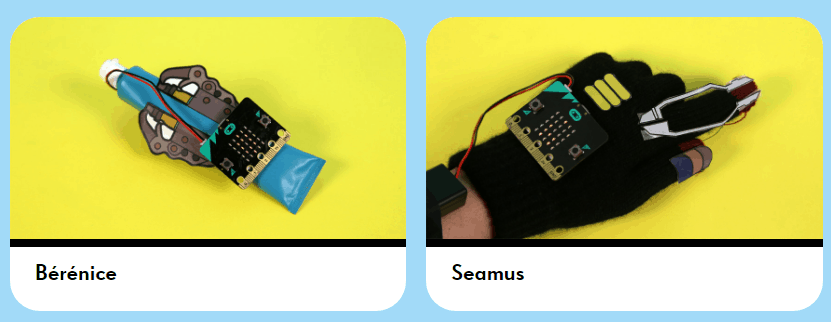It’s never too early to start.
We are embracing a new era where Science and Maths are not merely textbook subjects anymore. The modern world is welcoming the digital age of apps and innovation with open arms, loading up our kids of today with coding skills for tomorrow.
According to The Straits Times, the Infocomm Media Development Authority (IMDA) and Ministry of Education (MOE) are teaming up to introduce micro:bit as part of its new Digital Maker Programme to primary and secondary schools over the next two years.
There is the age-old question where students use to refute studying, “How is this going to be applicable in the real world?” Well, this is how.
Micro:bit is a pocket-sized, codeable computer, and they will be rolled out to school students in a bid to instill passion for the technology. The young minds can learn to write codes to turn micro:bit into tools and toys. Schools in Britain are already using it to teach kids coding and inspire interest in Stem (science, technology, engineering and mathematics) subjects.
Minister for Communications and Information Yaacob Ibrahim said on April 13, “Who knows, one day we may be nurturing Singapore’s own generation of Steve Jobs.”
To achieve this, Singaporeans need a curious mind and passion to tinker and create things, he added.
The micro:bit was first launched by BBC in 2016, where every pupil in the Year Seven or equivalent level of education in the United Kingdom was given a device. It aims to spark interest in the science and fill the skills gap in the UK’s technology industry by getting more young people interested in coding.
The pocket computer is powered by two triple-A batteries and has 25 light emitting diodes (LEDs) arranged in rows of five that form the micro:bit’s main display. The two programmable buttons at the sides of the LED grid can be used to input commands for games, while special connectors at the bottom of the micro:bit allow it to link to external devices through crocodile clips.
The 5cm by 4cm mini computer can be a communication device, gaming console, and even incorporated into more advanced systems. In a video by The Straits Times, a windmill and tea maker made using a micro:bit is featured.
In IMDA’s trials at Tanjong Pagar and Toa Payoh East community centres, the residents there managed to use the micro:bit to create an automated water system for the community garden.
The micro:bit is a great addition to IMDA’s existing initiatives like Code@SG’s Code for Fun, introduced in June 2015 to MOE schools. 128 primary and secondary schools have introduced the scheme, and 56,000 students have signed up — including some as young as seven years old.
The micro:bit is not yet publicly available, but the Digital Maker Programme will also be rolled out to the community via the People’s Association, the Science Centre Singapore and self-help groups.
These various programmes are part of efforts by the Singapore Government to bridge the technology manpower gap here.
Dr Yaacob said seed funding will be provided to Singapore companies that develop products like the micro:bit. He also emphasised the importance of digital literacy, saying that the level must be raised here to differentiate fake news from facts, as well as combat cyber-attacks and online scams. The ministry is working with Singapore’s Media Literacy Council to collect suggestions from young Singaporeans on ways to promote digital literacy.























